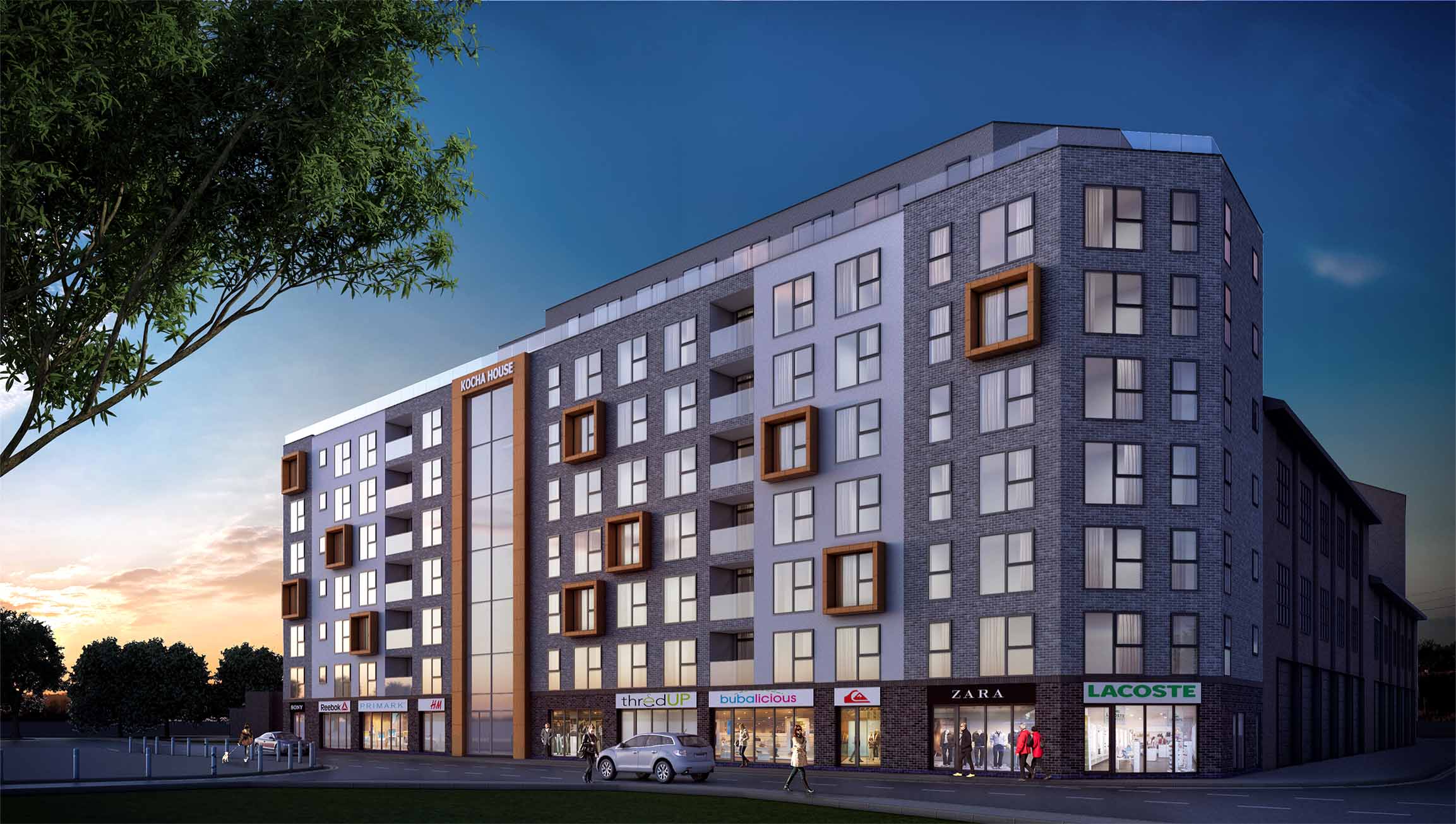From Conversation to Action – Achieving Gender Equality in Architecture.
According to a study conducted by the Fawcett Society in September 2023, ‘only 31% of architects were women.’
Despite DSA fostering a diverse team, we recognise that this is not the reality across the wider industry.
The article below explores the factors contributing to this imbalance and the actions being taken to create a more inclusive profession. By championing diversity in architecture, we hope to inspire future generations of women to follow in the footsteps of the pioneers featured in this blog.
The Uphill Battle for Women in Architecture
With women making up less than a third of the industry, does architecture appear less progressive than sectors such as healthcare, finance, and sports?
The BBC recently announced that Gabby Logan and Kelly Cates will replace Gary Lineker as Match of the Day presenters from 2025—an important milestone for women in sports media. However, it still took the BBC over 50 years to cast a woman as the Doctor (Jodie Whittaker) in Doctor Who, highlighting the slow progress of gender equality across industries.
Architecture has long grappled with gender inequality, yet steps are being taken towards a more balanced and inclusive profession. Moving beyond discussion into tangible action is key to ensuring that talent and opportunity are not restricted by gender.
Organisations such as RIBA (the Royal Institute of British Architects) continually review gender disparities within the profession to identify areas for improvement. One key issue they have highlighted is a 16% pay gap, which may contribute to fewer women choosing architecture as a career. RIBA remains committed to addressing these inequalities and inspiring more women to enter the field.

Pioneers of Gender Equality in Architecture
Gender equality has been a long-standing issue across industries, yet significant progress was made in the 20th century—spurred by movements such as the Suffragettes (founded in 1903) and the vital contributions of women in Britain during World War II.
However, the first recorded woman in architecture predates these milestones. But who was she, and why is she considered the first?
Lady Elizabeth Wilbraham (1632–1705)
Born into wealth in Staffordshire, Lady Elizabeth travelled across Europe, learning from leading architects of her time and incorporating their ideas into her own projects. Although women were not formally recognised as architects in the 17th century, Wilbraham is believed to have designed numerous buildings, using male assistants to carry out her plans. She is notably considered a mentor to Christopher Wren, one of England’s most renowned architects.
But what about other key women who have shaped the field of architecture?
Lina Bo Bardi (1914–1992)
Born during World War I, Bardi was an Italian-born Brazilian architect celebrated for her modernist approach. She championed the use of everyday materials such as tree trunks, plants, and pebbles—designing with simplicity at the core of her work.

Denise Scott Brown (1931–present)
A pioneer in urban planning, Scott Brown was one of the most influential figures of the 20th century. In 1989, she wrote the now-famous essay ‘Room at the Top? Sexism and the Star System in Architecture’. However, fearing it would harm her career, she initially withheld its publication. One wonders—had it been released earlier, would that 31% be a higher figure today?
Zaha Hadid (1950–2016)
The first woman to be awarded the Pritzker Architecture Prize (2004), Hadid was renowned for her bold, geometric designs. Her notable works include The Peak—a visionary leisure complex in Hong Kong.
These trailblazing women have redefined the profession, proving that talent and innovation transcend gender.
Inclusive Architecture at DSA
This International Women’s Day, we celebrate the women shaping architecture, breaking barriers, and redefining the profession for future generations. Let’s continue striving for equality—not just in conversation, but in practice.

At DSA, we are proud to be part of this transformation. With 6 out of our 11 team members being women, we actively foster an inclusive and equitable workplace. We believe that diverse perspectives strengthen our work, enrich our designs, and shape a better future for architecture.
By fostering inclusivity and diversity, we not only enrich our profession but also inspire the next generation of architects. The future of architecture should be shaped by talent, innovation, and equal opportunity—regardless of gender.

Talk To An Expert
Contact UsSee More Recent Posts

Navigating the Building Safety Act 2025:...
As commercial properties tend to be more complex in almost every aspect, stricter building...

Care Home Design and CQC Healthcare...
Enhancing Care Home Environments for Quality Living Care homes play a crucial role in...

Staying Ahead: DSA Completes RIBA Principal...
At DSA, we’re always committed to staying ahead of the curve when it comes...

